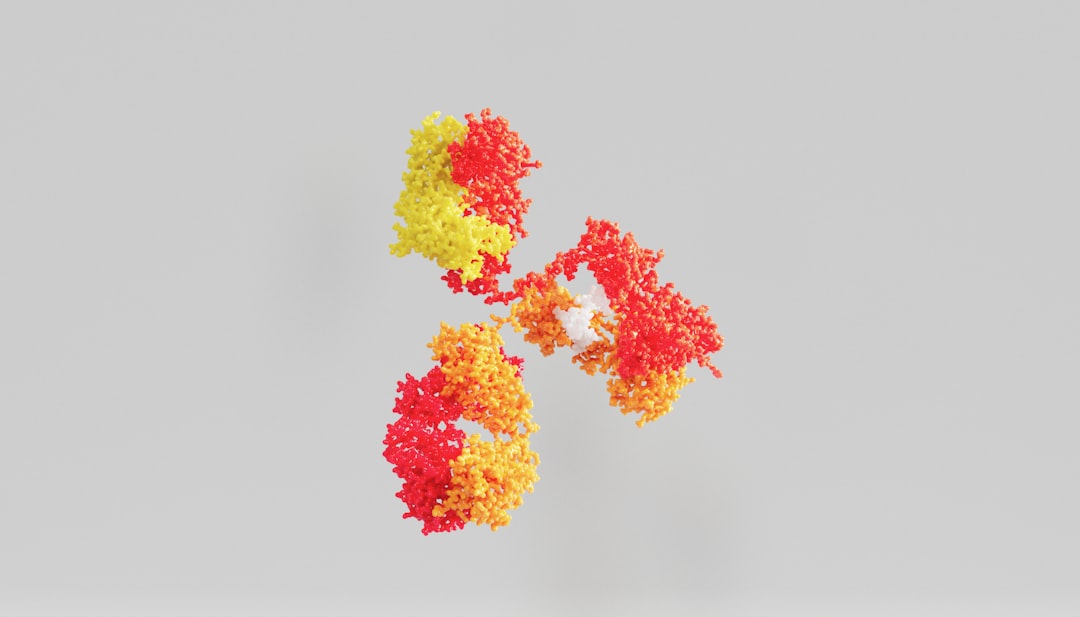What is it about?
The Escherichia coli ChrR enzyme plays a vital role in chromate bioremediation, and its crystal structure was solved at a resolution of 2.2 A°. The enzyme belongs to the flavodoxin superfamily, with flavin mononucleotide (FMN) firmly anchored to the protein. ChrR crystallized as a tetramer, and size exclusion chromatography confirmed that this is the active oligomeric form for chromate reduction. The tetramer interacts through a pair of two hydrogen bond networks involving key amino acids, and changes in these amino acids significantly enhance chromate reductase activity. The study found that the mutants showed improved chromate reductase activity compared to the wild type enzyme, indicating a central role for the tetrameric configuration in the enzyme's activity. [Some of the content on this page has been created by AI]
Featured Image
Why is it important?
The research on the crystal structure and oligomeric form of the Escherichia coli ChrR enzyme is important for several reasons: It provides valuable insights into the molecular structure and functioning of an enzyme involved in chromate bioremediation, which has significant environmental implications. The discovery of the tetrameric configuration as the active form of the enzyme can help in designing more efficient and effective bioremediation strategies. The identification of key amino acid residues and their interactions that are crucial for chromate reductase activity can aid in the development of novel enzyme engineering approaches. The study demonstrates the utility of the MR method in solving protein structures and its potential applications in studying other enzymes with similar folds or functions. Key Takeaways: 1. The Escherichia coli ChrR enzyme crystallized as a tetramer, and the tetrameric form is essential for its chromate reductase activity. 2. The MR method was effective in solving the ChrR crystal structure and can be applied to study other enzymes with similar folds or functions. 3. The amino acid residues Tyr128, Glu146, Arg125, and Tyr85 play a central role in the chromate reductase activity of the enzyme. 4. Substitution of these residues with less bulky amino acids, such as Asn, Thr, and Met, can improve the chromate reductase activity of the enzyme. 5. The study provides insights into the potential mechanisms that may contribute to the improved activity of the mutant enzymes.
Read the Original
This page is a summary of: Crystal Structure of ChrR—A Quinone Reductase with the Capacity to Reduce Chromate, PLoS ONE, April 2012, PLOS,
DOI: 10.1371/journal.pone.0036017.
You can read the full text:
Contributors
The following have contributed to this page










